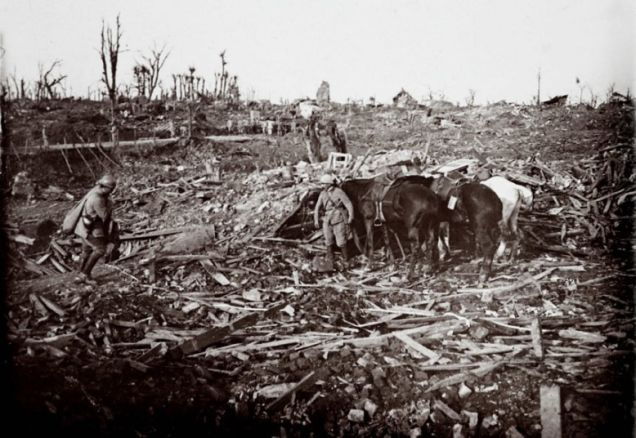British Use Millions of Artillery Shells, Some with Deadly Gas;
Gains on the Ground Are Minimal.
A German Spy Ring Uncovered in Britain.
Special to The Great War Project.
(13-15 June) All sides are hard at work – desperate really – to decode top secret messages of their enemies.
In June of 1915, French cryptographers decode key German secret messages. On June 15th a century ago, the head of the French military cryptography division “passes on to British intelligence,” writes historian Martin Gilbert, “a number of intercepted German top-secret wireless messages” that divulge the identification of seven secret German spies who set up a spy ring in key British ports.
As a result, the British arrest the German spies and some are executed in the Tower of London. “German espionage was virtually at an end,” reports Gilbert.
The British also learn that the Germans use citizens from neutral nations to spy for them in Britain. The British identify and arrest a Norwegian and a Peruvian who are determined to be spying for the Germans. They are shot.
On the Western Front during these days one hundred years ago, the combined British and French forces launch no large offensives. But the fighting is ferocious and deadly nevertheless.
French troops attempt to push through German defenses at the French town of Artois. The need to carry out this operation successfully is urgent. The entrenched German positions threaten to break off communications between Paris and the front in northern France.
Fierce fighting breaks out at Artois in May and continues into mid-June. The cost is terrible.
“After savage hand-to-hand fighting,” writes Gilbert, “many small advances, ridges captured and then lost,” the fighting results in 18,000 casualties on the Allied side.
Another 16,000 French soldiers are killed or wounded on the Meuse-Argonne front in northern France. The French-British forces fail to break through the German lines, despite the expenditure of some 2.1 million shells, and the loss of 102,500 soldiers killed or wounded. The Germans suffer 73,000 casualties.
The British also use deadly gas shells that are both incendiary and asphyxiating.
“Thousands of men on both sides,” reports Gilbert, “were simply obliterated by the intensity of the artillery bombardment and the severity of trench combat.”
These failures lead to bitter recriminations between the French and British commands.
Nevertheless, the Anglo-French forces “focus on raids into the enemy trenches, spasmodic bombardments, and occasional small-scale attacks.”
According to the official British history of one such encounter, the British forces advance just 75 yards and capture a single German trench, which, the history reports, “was choked with German dead and littered with letters and parcels.”
“Evidently the mail had just arrived. Some kind of meal had been in progress, for there was an abundance of hot coffee which was eagerly consumed by the raiders who in addition fortified themselves with cigars.”



